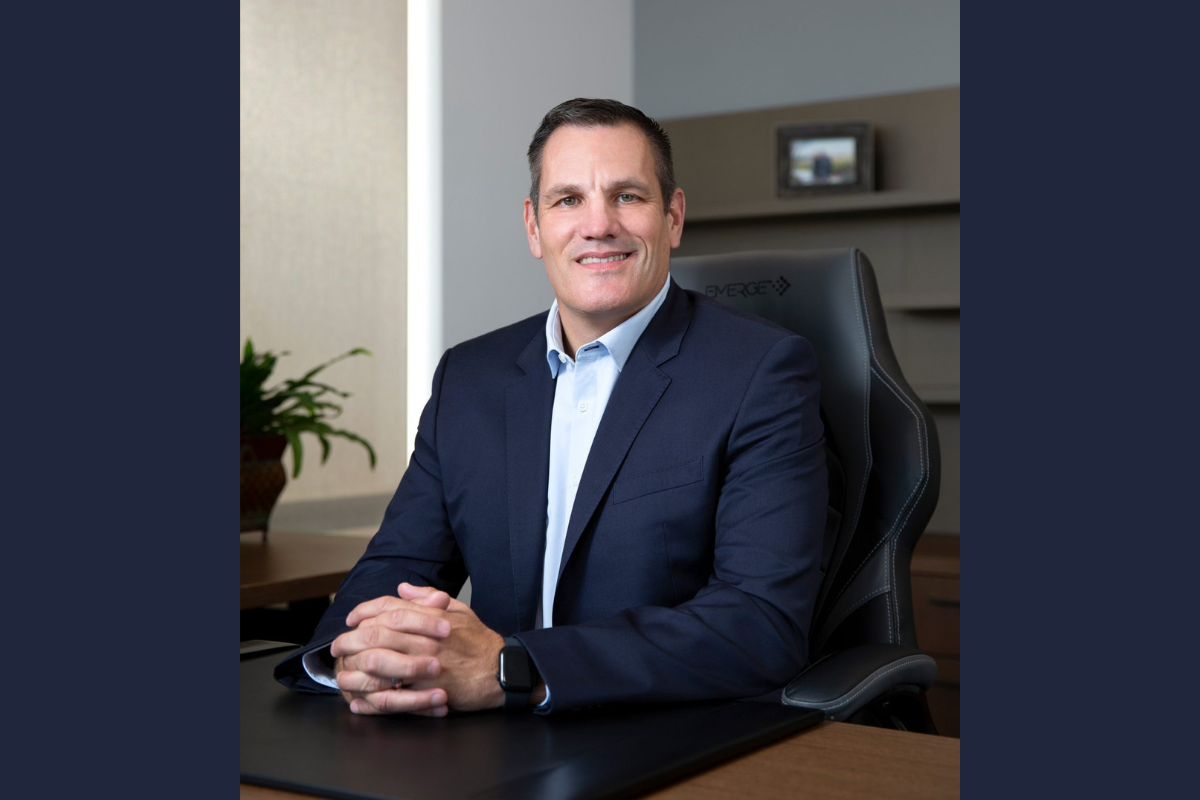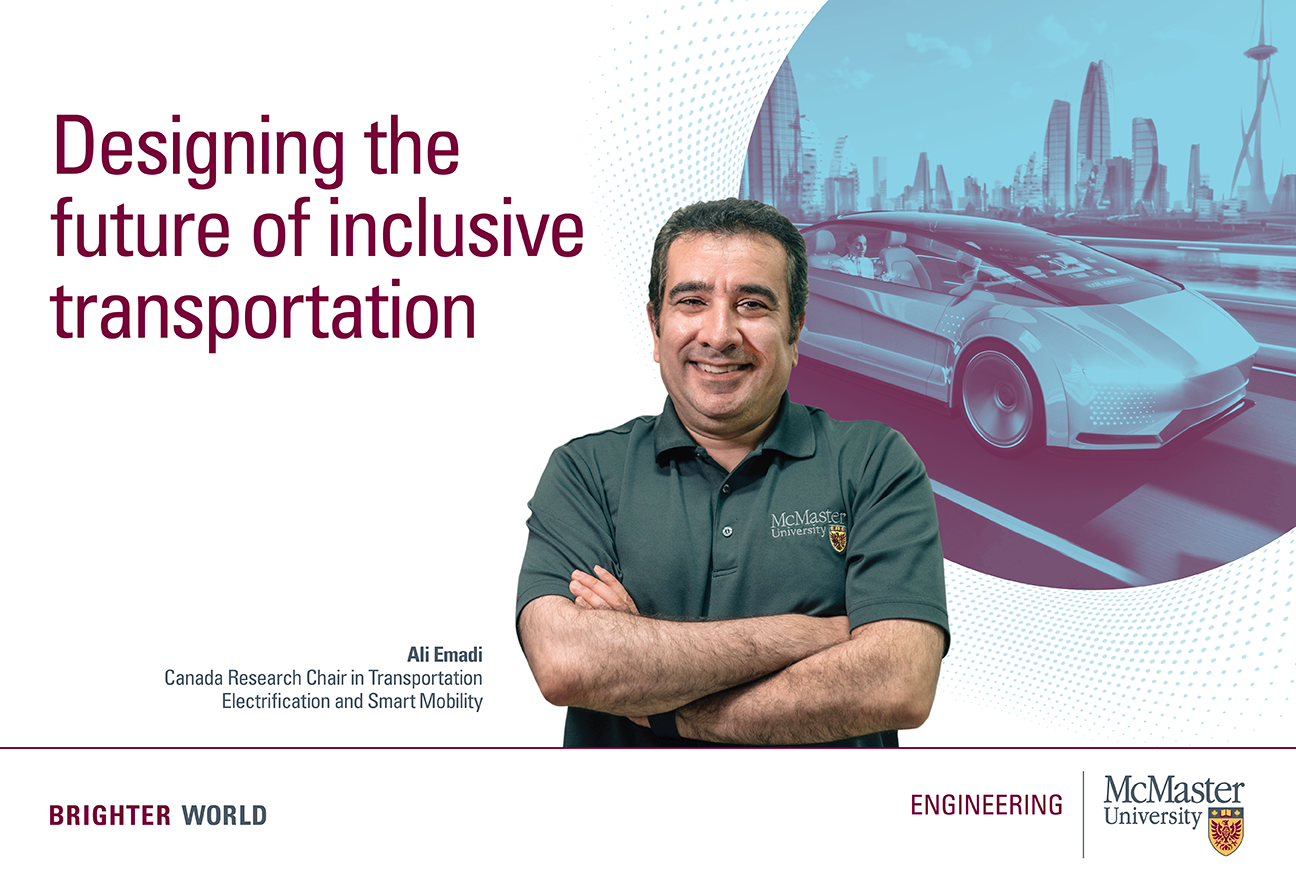Although Cubic Corporation was founded more than 70 years ago, Stevan Slijepcevic became only the third CEO in the company’s history when he was appointed to take the reins in January 2022.

“I think that speaks to the continuity the company’s had over that long period of time,” he tells The CEO Magazine.
But while the word continuity can imply stasis, this is far from true in Cubic’s case.
“The company has evolved a lot in its history,” Slijepcevic stresses. “It was built on the history of entrepreneurship and innovation.”
From its humble beginnings as a small electronics company in San Diego, founded in 1951 by Walter J Zable, Cubic has expanded swiftly thanks to ground-breaking innovations such as equipment for precision distance measuring, aerial photo mapping and surveying.
It now spans the globe with more than 75 locations across 20 countries. Of its 5,000-plus employees, 50 percent are located in North America, mostly in the United States, and the rest spread internationally.

I’d characterize us as a technology company that has good positions in good industries.
It operates in two distinct industries – transportation and defense – with around 10 business units operating across both sectors.
“We became private in 2021, and if you go back before that and look at the last decade, the company had grown substantially over the last 10 years,” Slijepcevic says. “The Cubic portfolio today looks quite a bit different than it did say 10 years ago.”
That is due to core business expansion, but also, in large part, to a series of acquisitions which has led to an exciting diversity.
“I’d characterize us as a technology company that has good positions in good industries,” he summarizes. “I learned early in my career how important that is.”
A solid ally
Slijepcevic has always been in it for the long-haul. Before joining Cubic, he was with Honeywell Aerospace for 26 years. He was attracted to Cubic by its promise of a similar longevity.
“I like businesses that have a good foundation in technology and innovation, and that are in industries that are attractive over the long term,” he says. “As I did my research and diligence before coming to Cubic, that was something I spent quite a bit of time on.”
The depth of Cubic’s purpose was another big drawing card for Slijepcevic.
“Our purpose is to make a positive difference in people’s lives,” he says. “Our transportation business exists to make traveling safer and more efficient. We also contribute to some extent to carbon footprint reduction as a result of what we do in that business.
“Then our defense business, we provide the United States and its allies with a lot of different tools and technology that enable a safer world,” he continues.

A strategy by itself is no good if you can’t execute it.
Now, he is adding his own desires to the mix.
“I’m driven and motivated by winning. It’s really that simple,” he says. “When I think about winning in business, it’s really about how you satisfy three groups; your customers, your employees and your shareholders. It can be tough to satisfy them all at the same time, but I try to make sure we always have a balanced view of satisfying those three.
“I think if you can do that over the long run, you win, and that’s really what motivates me.”
Strategy, a fundamental pillar of Slijepcevic’s management philosophy, plays a vital part in all of this.
“I spend a lot of time looking at our strategy, making sure it’s well-defined, that it’s pressure tested, that it’s validated with customer and market insights,” he explains. “I feel this is something that is a leader’s responsibility and something you can’t delegate.”
The other important piece is the execution of the strategy.
“A strategy by itself is no good if you can’t execute it,” he stresses. “The other part of my operating system is the rigor that I place in how we execute that strategy. That includes all the operational processes that we use to run the business and our ability to be flexible to risks and opportunities.
“That’s my management philosophy. Take responsibility for strategy and put a rigorous operating system in place to execute it.”
Expert insight
During a board meeting earlier this year, Slijepcevic was asked to summarize his observations of the company over his first year in the role. His answer summed up three key areas in flux.
The workforce came first, with Slijepcevic stressing the importance of embracing the “new reality” where remote work has become the norm and labor shortages continue to worsen. “The way we work with employees across the globe, it’s changed, probably permanently,” he reflects.
To tackle the issues that accompany these trends, Cubic is focused on providing its employees with flexibility as well as the necessary tools and processes for communicating effectively, even from afar.
“We do things like collaboration days where we really force people to interact in person,” he explains. “We’ve really increased the global nature of our workforce and that’s given us an ability to attract talent that we wouldn’t have otherwise been able to acquire.”
While there had been a major shift to outsourcing several years ago, the onus has since shifted in some areas to “insourcing”, according to Slijepcevic. “We started insourcing our recruiting activities because we discovered that we really need to make this a core competency if we’re going to compete with this, say, lack of supply of talent. That’s kind of how we’re embracing that one.”

I’m focused on how do we operate efficiently in this turbulent environment.
Supply chain, a common issue for companies across the board, came second. The key to dealing with disruptions on this front is to stop trying to predict how the situation is going to unfold.
“Instead, I’m focused on how do we operate efficiently in this turbulent environment,” he says.
This involves adjusting the way Cubic runs its global supply chain, taking a completely different approach to how it plans both material and labor.
“We’re looking over much longer horizons,” he explains. “We’re being much more transparent with customers and suppliers than we’ve ever been in the past. That’s uncomfortable to do that because you tend to expose some of your costs or your inventory levels, but we find that transparency in providing it over that longer horizon actually improves your ability to work with customers and suppliers and figure that out.”
Pricing has also been adjusted in a nod to inflation, as has a streamlining of its products and production processes.
“A big piece of the solution is really around revisiting the design of our products and looking to be much less complex and taking this as an opportunity to fix that problem,” he says.
The third factor is the entire decision-making process, an area that has been significantly impacted by the COVID-19 pandemic, according to Slijepcevic.
“As we come out of the pandemic, we haven’t returned to fast decision making,” he reflects. “I look at transportation and defense, they’re very strong markets, but the procurement decisions by the customers are slower than they used to be.
“I think that as we come out of the pandemic, a lot of that pent-up demand and the technology is there and customers are trying to figure out how to deal with that.”
The way Cubic is addressing shortfalls in its decision-making process is to enhance transparency with its customers and collaborate in an entirely new way. Integrated technology road maps have become essential, while planning and prioritizing have become far more conservative. Additionally, Cubic has partnered with technology solutions firm Cyient to lower production development costs and create flexibility as demand evolves.
“We have also built up a labor force that enables us to flex up and flex down so that we’re not caught by surprise,” he adds.
Three-dimensional
Cubic’s partnership with McMaster University in Ontario, which is focused on innovating advanced technologies in the mobility space, specifically tackling the challenge of accessible first-design philosophy, is part of the company’s strategy of evolution.
Transformation is crucial to the ongoing success of the business, an evolution that Slijepcevic likes to think of in three dimensions: the strategic direction of the business, the business processes, and the people and culture of your company.
“In most companies, I’d say everybody’s trying to transform on one or more dimensions at all times,” he says. “I’d say that’s the case at Cubic. After being here a year, I think there’s a level of transformation that we have to do along each of those dimensions.”
While Cubic’s legacy of technology, innovation and its broad market presence has led to the launch of numerous bespoke products, Slijepcevic believes that such a broad portfolio can be costly to maintain in the long-term, no matter how successful.
“We’re really driving a transformation in our technology road maps with what I would call core products,” he says. “Core products are things that you can invest and develop that multiple customers can use, and we’re trying to make those to be more software centric so that customers can then tailor that sort of standard product on the edge to meet their unique needs.”
Upgrades to this core base can then be delivered more efficiently over time.
“It’s a combination of having a core product which gives you operational synergy, much more competitive in the industry when you have core products, and then the more we can make the upgrade paths software centric, the easier it is to maintain and update those over time,” he continues.

It’s about engaging your top leaders, getting them to buy in to the changes, having them challenge me and the leadership team and really working with them.
Its business process transformation centers around the day-to-day running of the business, with a keen focus on “cycle time”.
“A lot of people focus on cost, but I think that cycle time is usually the root of what makes a process costly or inefficient,” Slijepcevic says.
The third dimension of transformation, people and culture, involves aligning Cubic’s 5,000-plus employees around a common set of goals and desired behaviors. “This is not about me standing in a town hall and preaching to the 5,000 people to say, this is what you have to go do,” he says.
“It’s about engaging your top leaders, getting them to buy in to the changes, having them challenge me and the leadership team and really working with them. What we’re really trying to do here is establish regular collaboration forums with that group of senior leaders to drive the transformation, the culture transformation across the company.”
Only one year in, it’s clear that Slijepcevic has a clear grasp on the issues at play and is confident in his ability to continue to deliver the continuity to which Cubic has become so accustomed while driving the transformation that is so crucial to protect its legacy.
“Overall, I’d say it’s an exciting and pivotal time for our company and we’re poised for a strong future.”




